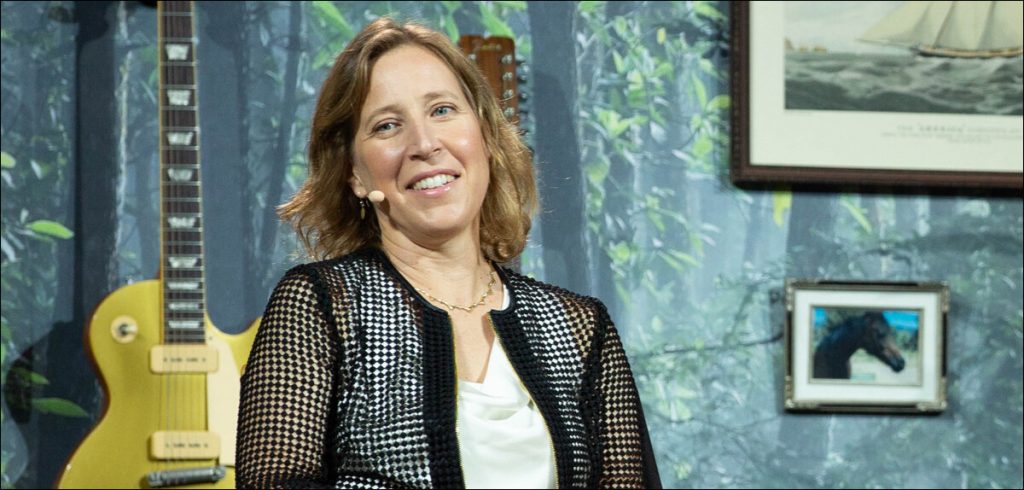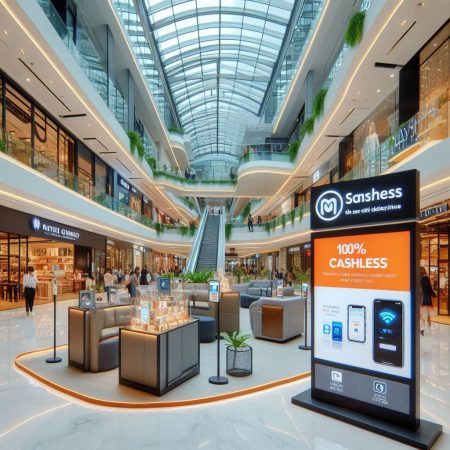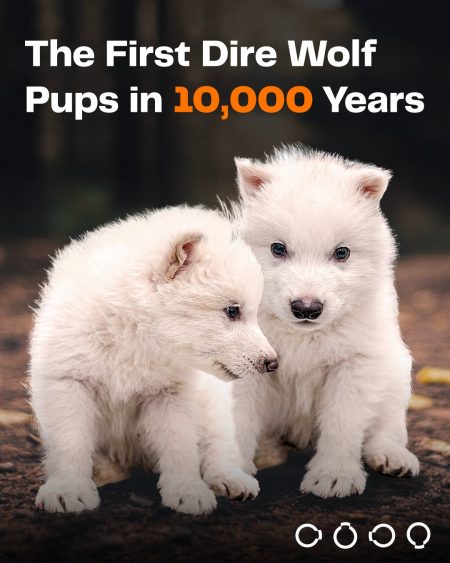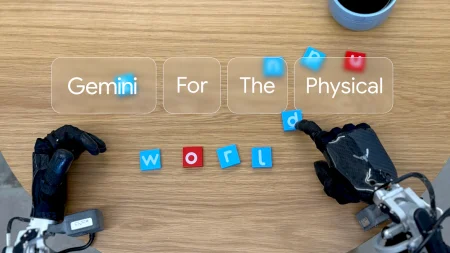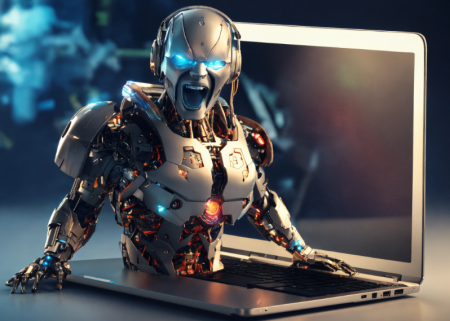Susan Wojcicki slipped away into the night, a quiet departure for a woman who gave millions a voice through YouTube. As Satyen K. Bordoloi pieces together her extraordinary life, he’s struck by the stark contrast between her public legacy and her private existence.
In September 1998, a newlywed Susan Wojcicki, working at Intel, crossed paths with two Stanford PhD students. A shared passion for technology, ignited by her Stanford upbringing, created an instant connection. The students, Larry Page and Sergey Brin, were searching for a workspace to nurture their nascent search engine. Struggling to make ends meet in their newly purchased home in Menlo Park, California, Susan offered a solution: her garage. For $1,700 a month, the stage was set for one of history’s greatest technological transformations.
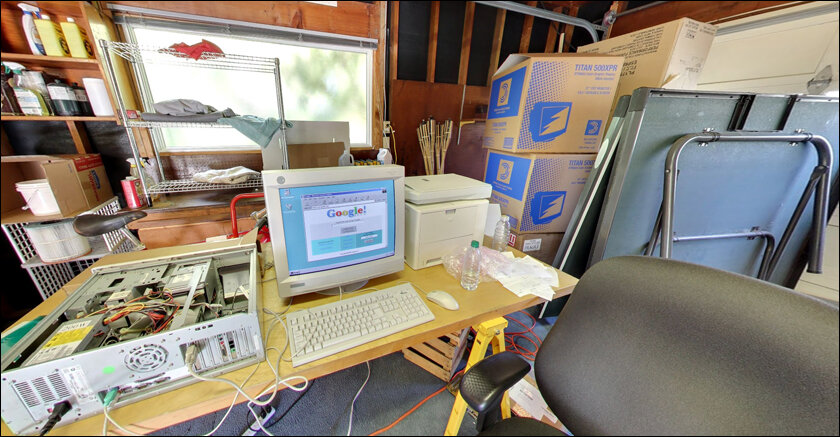
As Google expanded beyond the garage, so did its demands on Susan’s home. Eventually, the company extended a job offer she couldn’t refuse. Becoming Google’s 16th employee, she brought a much-needed mature perspective to a team of young tech enthusiasts. While Page and Brin grabbed the headlines, Susan quietly wielded immense influence. Tragically, after a two-year battle with lung cancer, she passed away on August 9th.
Technology is often painted as a male bastion, dominated by flamboyant “tech bros.” Yet, women have been instrumental in shaping the digital world. Susan Wojcicki was their undisputed queen.
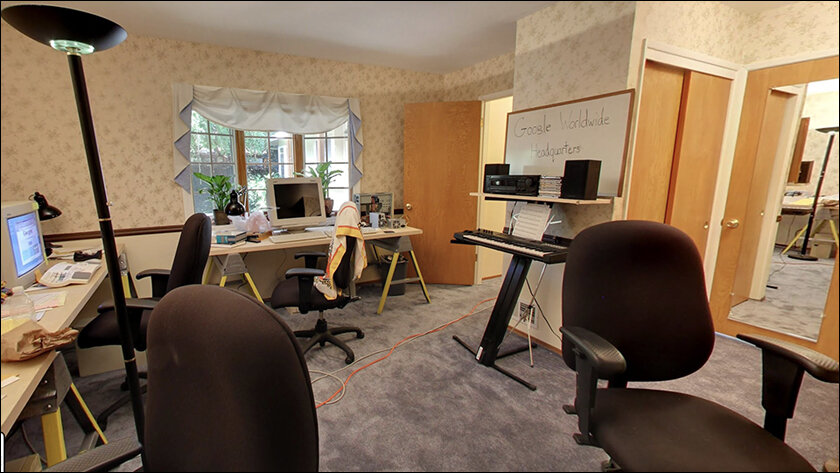
While Sergey and Larry are credited as Google’s founders, Susan’s contributions are like that of Elon Musk at PayPal and Tesla. Musk didn’t start these companies but catapulted them to unprecedented heights through his marketing acumen, often overshadowing the founders. Susan, in contrast, collaborated with her co-founders to build one of history’s most influential corporations.
Beyond these broad strokes, Susan’s impact on the world is profound and far-reaching.
The love of science and tech she acquired from her parents, especially her Stanford physicist father, gave her a unique, scientific upbringing. To that, she added humanities, which she majored in during college, computing – which she learned in extra classes, history and literature lectures, and an economics degree. She planned to get into academia, but an interest in tech drew her away first to Intel, and then to Google.
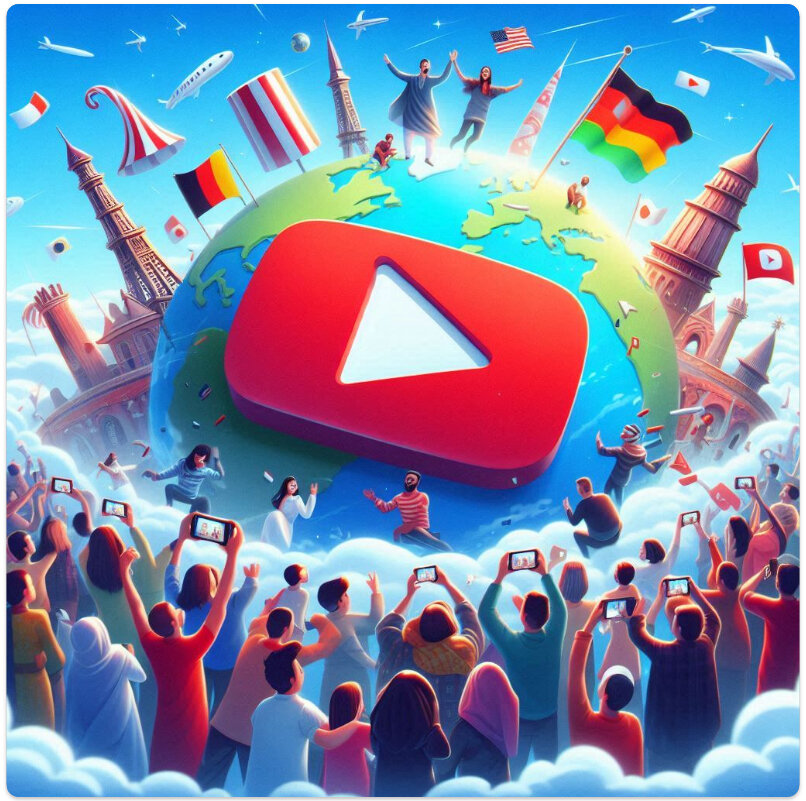
What people who do 9-to-5 jobs don’t realise, is that companies, and through them, the world, aren’t shaped by big decisions. Big changes are created by small decisions that stack up one upon the other like bricks to build the superstructure of a company, nation, and world. When we look at Google today, we see a company that made a lot of right decisions at the right time: organising all the digital information of the world to begin with, then carving the future of advertising with AdSense, to pre-empting the obsession with videos first with their video platform but later acquiring YouTube and turning that into the world’s videos repository.
These seem like a straight line. However, having been part of multiple startups myself, I am aware of how tiny decisions at innocuous times lead to massive transformations later on. Susan was involved in every small and big decision at Google. Her experience in consumer marketing with Intel gave her the expertise to make the company stand on its feet in the early days. She was the one who figured out where advertising was going with AdSense, something that blazed the way for every other tech company to follow in their monetisation footsteps.
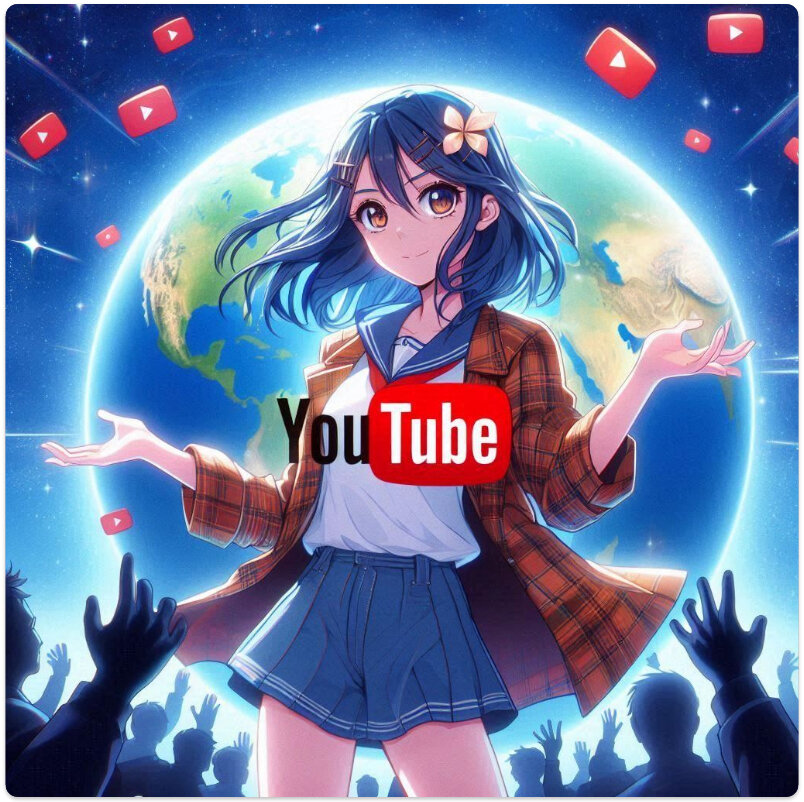
Yet her biggest ‘gamble’ and contribution to the world was with YouTube. She is the one who convinced the Google bros to buy YouTube for $1.65 billion in 2006, a whopping sum at that time. In 2021, a year before Susan retired as CEO of YouTube to fight lung cancer, YouTube paid over $30 billion to millions of creators, artists, and media companies across the globe. The decision to acquire YouTube wasn’t easy. What to do with it after it was acquired was also Susan’s work, becoming its full-time CEO from 2014.
Every second, billions are watching videos on their devices over the internet. As we press play on Netflix, YouTube, Instagram, TikTok etc. we take an internet with 80% of traffic generated by video for granted. But people who haven’t lived through the early days of the internet in the late 1990s and early 2000s, where small packets of data took ages to load, can’t appreciate what a big deal any video over the internet is.
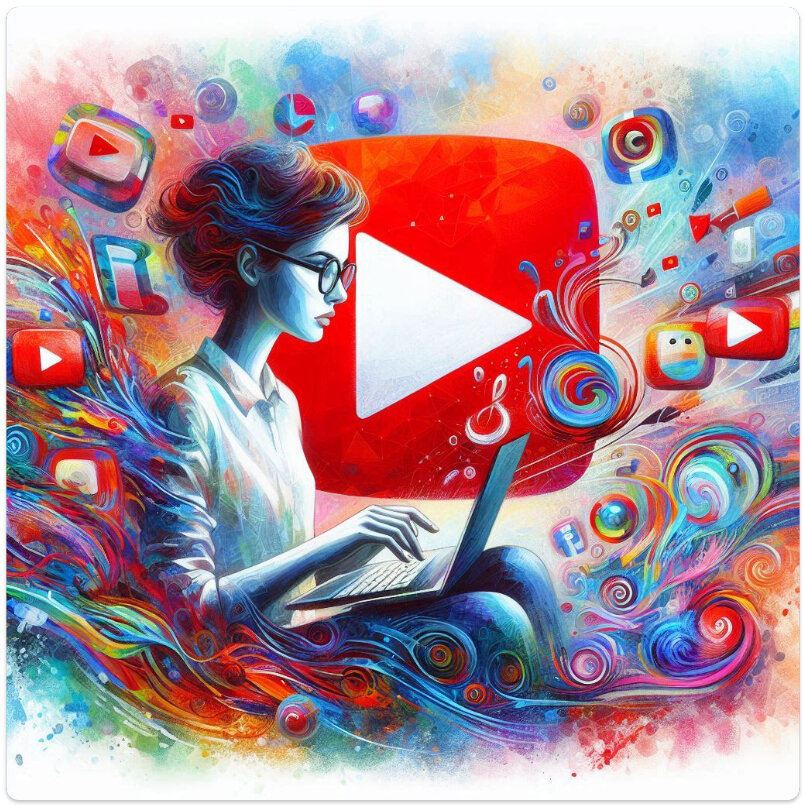
(Image Credit: Bing)
YouTube, Netflix, etc., is one thing. The other, bigger tech, is everything that makes that possible: from a network of cache servers near you, to high-speed undersea cables, servers that store these videos, all of them carried along a large infrastructure created by a web of network, hardware, and software that are required to play billions of videos every second. YouTube is a technological marvel that heralded the age of video for the internet. It was the technologies, the network, and backend structures that YouTube created as it grew exponentially, that became the backbone of the internet we enjoy so much. And a good part of the small decisions that made those big things possible were taken by Susan as the head of YouTube.
2 billion logged-in monthly users, the world’s second-largest search engine, and 15% of global internet traffic are statistics that only begin to scratch the surface of the oversized influence of YouTube in our world. Every video you stream online on any platform, owes a great deal to the infrastructure that Susan helped build at YouTube.
Despite her immense influence, Wojcicki remained an enigma wrapped inside an executive suit. Even as she transformed the way the world consumes media, she remained grounded, her feet firmly planted on strategy and execution rather than celebrity. In a world obsessed with fame and fortune, she was a quiet counterpoint. While her peers, the overconfident tech-bros, flaunted their wealth and status, she preferred to live a relatively private life as a devoted mother of five, balancing the demands of a high-powered career with family life. How she did this impossible task – birthing and raising five children while running some of the biggest companies in the world – will remain the superpower she takes to her grave.
The news of her death sent shockwaves through the tech industry and beyond. Rightly so. In a world obsessed with celebrity and exaggerations, the woman who was greatly responsible for the birth of virality and 15-minutes-of-fame culture remained the quiet architect, building a digital empire brick by brick behind the scenes, while upfront the ‘boys’ took credit. Perhaps, that is the greatest lesson to be gleaned from her life: that one can make a profound impact on the world in quiet, unassuming ways.
Susan Wojcicki, your garage gave birth to a revolution. Your vision shaped an era. Your quiet work changed the world. But try as you may, your legacy will scream eternal. Rest in peace, pioneer. Beam to eternity, patron saint of streaming.
In case you missed:
- What are Text-to-Video Models in AI and How They are Changing the World
- AI Taken for Granted: Has the World Reached the Point of AI Fatigue?
- Apple Intelligence – Steve Jobs’ Company Finally Bites the AI Apple
- AI vs. Metaverse & Crypto: Has AI hype lived up to expectations
- DeepSeek not the only Chinese model to upset AI-pple cart; here’s dozen more
- How Lionsgate-Runway Deal Will Transform Both Cinema & AI
- The Rise of Personal AI Assistants: Jarvis to ‘Agent Smith’
- Nuclear Power: Tech Giants’ Desperate Gamble for AI
- Anthropomorphisation of AI: Why Can’t We Stop Believing AI Will End the World?
- Microsoft’s Quantum Chip Majorana 1: Marketing Hype or Leap Forward?



